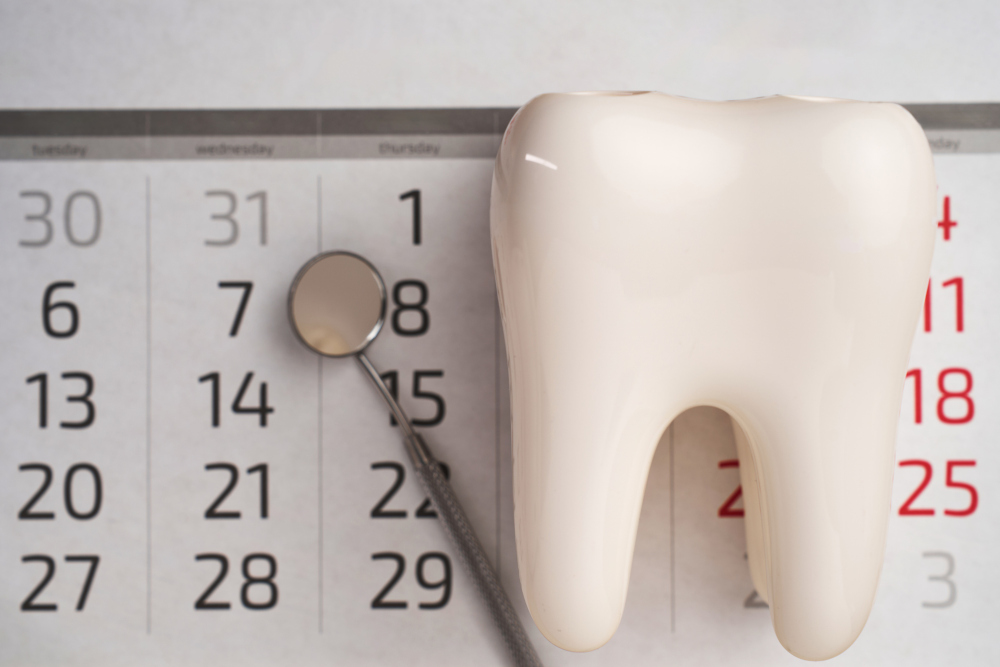The Canadian Dental Care Plan (CDCP) is a transformative initiative by the Canadian government to provide accessible and affordable dental care for all Canadians.
This guide aims to provide detailed information about eligibility, application processes, covered services, and more – all in order to help you understand and make the most of the CDCP.
Eligibility for the Canadian Dental Care Plan
The CDCP offers three levels of coverage:
Tier 1 – Families with an adjusted net income under $70,000 qualify for 100% CDCP coverage.
Tier 2 – Families with an adjusted net income between $70,000 & $80,000 qualify for 60% CDCP coverage
Tier 3 – Families with an adjusted net income between $80,000 & $90,000 qualify for 40% CDCP coverage
How to Apply for the CDCP
The application process for the CDCP is designed to be straightforward and user-friendly. Here’s how you can apply:
- Online Application: The easiest and fastest way to apply is through the online form, which requires basic personal information, proof of income, and documentation to verify eligibility.
- In-Person Application: Applicants can visit designated community health centres or dental clinics that offer assistance with CDCP applications. These centres provide support for those who may not have internet access, or who may need help completing the application.
- Mail-in Application: For those who prefer or require it, applications can also be mailed. Forms are available for download from the CDCP website, or can be picked up at participating locations.
The timeline for eligible groups are:
- May 2024 – Seniors age 65+
- June 2024 – Children under 18
- June 2024 -Adults with Disability Tax Credit
- 2025 – Adults aged 18-64

![]() Services Covered by the CDCP
Services Covered by the CDCP
Services Not Requiring Pre-authorization
General services include:
- Diagnostic services
- Examinations, radiographs, laboratory tests
- Preventive services
- Polishing, scaling, topical fluoride
- treatments, sealants etc.
- Restorative services
- Restorations on primary and permanent
- teeth, caries etc.
- Endodontic services
- Standard root canal treatment etc.
- Prosthodontic services
- Standard complete dentures etc.
- Sedation and General Anesthesia
- Minimal sedation procedures
Services Requiring Pre-authorization
Services requiring pre-authorization will
not be offered until November 2024.
Services requiring pre-authorization include:
- Specialist examinations
- Interproximal disking of teeth
- Cores and posts
- Crowns
- Root canal re-treatment, apicoectomy, retrofilling, root canal treatment on third molars
- Initial placements of partial cast dentures and partial acrylic dentures
- Major surgical procedures
- Orthodontic services (available in 2025)
- Moderate sedation, deep sedation, general anesthesia and sessions of sedation above the frequency limit
Exclusions to CDCP
Services excluded from CDCP coverage include, but are not limited to:
- Veneers in composite or ceramic
- All ¾ crowns
- Teeth whitening
- Inlays/onlays in composite, precious metal or ceramic
- Temporomandibular joint therapy and appliances
- Fixed prosthodontics (bridges)
- Mouthguards
- Crown lengthening
- Root re-sectioning
- Implants and any associated procedures
- Bone grafts
- Ridge augmentation

Interaction with Existing Coverage
Can the CDCP Replace My Existing Coverage?
The CDCP is designed to complement, not replace, existing dental coverage provided through work, school, or private insurance. Here’s how it works:
- Primary Coverage: If you already have dental insurance, the CDCP can act as a secondary payer, covering costs that are not fully paid by your primary insurance. This helps reduce out-of-pocket expenses for families and individuals.
- No Coverage Overlap: It’s important to coordinate benefits between the CDCP and your existing insurance to avoid duplication. For example, if your current insurance covers 80% of a procedure, the CDCP can cover the remaining 20%.
Accessing the CDCP with Other State Dental Programs
If you are eligible for services under other provincial or territorial dental programs, you can still access the CDCP. Here’s how this coordination works:
- Supplemental Coverage: The CDCP is designed to fill gaps in coverage provided by other state programs. This means that if a specific service or treatment is not covered by your provincial plan, the CDCP can step in to provide that coverage.
- Coordination of Benefits: Both the CDCP and other state dental programs will coordinate to ensure that you receive comprehensive care without unnecessary duplication of services. This coordination maximizes available resources and ensures efficient use of public funds.
Additional Information and Insights
Benefits of the CDCP
The CDCP offers numerous benefits beyond just providing dental care:
- Improved Oral Health: By ensuring access to regular dental care, the CDCP helps prevent dental issues that can lead to more serious health problems.
- Economic Relief: For low-income families and individuals, the CDCP reduces the financial burden of dental care, allowing them to allocate resources to other essential needs.
- Increased Access to Care: The CDCP makes dental care accessible to underserved populations, including rural and remote communities, by partnering with a wide network of providers.
Conclusion
The Canadian Dental Care Plan represents a monumental step towards equitable access to dental care for all Canadians. By understanding eligibility requirements, the application process, covered services, and how the CDCP interacts with existing coverage, individuals and families can make informed decisions about their oral health care.
The CDCP not only provides immediate benefits, but also contributes to the overall well-being of Canadians by promoting preventive care and early intervention. For more detailed information or to begin your application, visit Canada.ca.

